How to Remove / Dispose of a Heating Oil Tank from Your Property
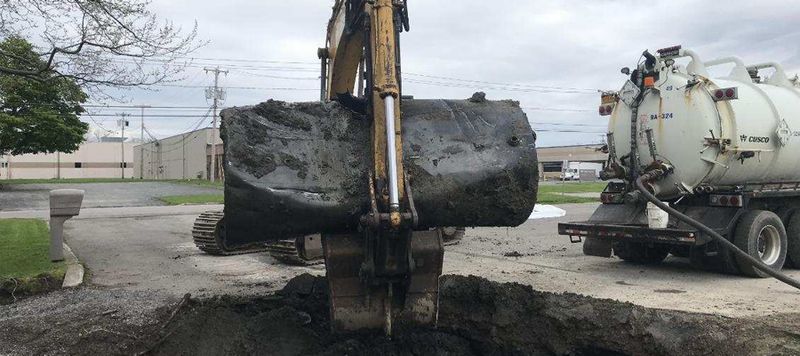
Removing a heating oil tank from your property begins with identifying the tank’s type and condition — whether it’s an above‑ground unit in a basement or garage, or a buried underground tank that carries a higher risk of soil and groundwater contamination. Before any work starts, it’s wise to inspect the area for signs of leaks, document the tank’s age and location, and, if needed, establish a contamination baseline through soil or groundwater sampling.
Next, you’ll need to research and secure any required permits by consulting your state environmental agency and local building or health departments. Many jurisdictions mandate notification or formal approval before decommissioning an underground storage tank, and local ordinances might impose additional steps. Allow for sufficient lead time, as the permitting process can take several weeks.
📘 For professional assistance, be sure to visit our Heating Oil Tank Removal Services page here.
Once permits are in hand, retain a licensed tank‑removal contractor — and, if contamination is suspected, an environmental consultant—to carry out the decommissioning. The contractor will safely drain and clean the tank, excavate it (in the case of a UST), and transport it and any hazardous residues to certified disposal facilities. If soil testing after removal reveals contamination above allowable limits, a remediation plan — such as soil excavation or in‑situ treatments—will be implemented under regulatory oversight.
After the tank is removed and the site cleared, clean fill is used to backfill the excavation, and the surface is restored to its original condition. A comprehensive closure report, including removal details, disposal receipts, and test results, should be compiled and submitted to the appropriate agencies. Retain this documentation with your property records and inform your lender and insurer to remove any tank‑related liabilities. By following these steps carefully — assessment, permitting, professional removal, testing, and thorough documentation — you can ensure a compliant, efficient, and environmentally responsible tank removal.
Additional Services Near You
Sponsored
Business information
Household Hazardous WastePaintBatteriesAppliancesLight BulbsMon - Fri 8:00 AM - 6:30 PM
Sat 9:00 AM - 1:00 PMClosed until 6:00 AM
Free + Fees
177 Wales Ave.
Tonawanda, NY 14150Hazman manages household hazardous waste (HHW) in Western New York. All HHW items received are reused, recycled, or processed for renewable energy sources.

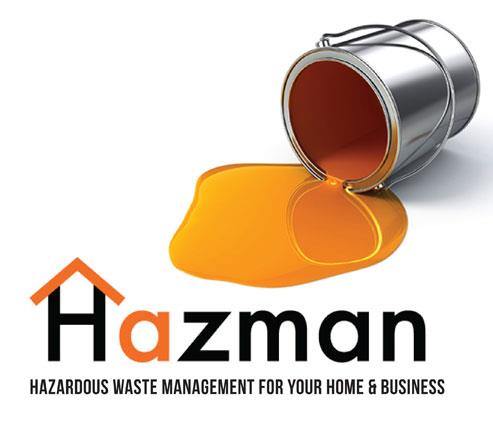
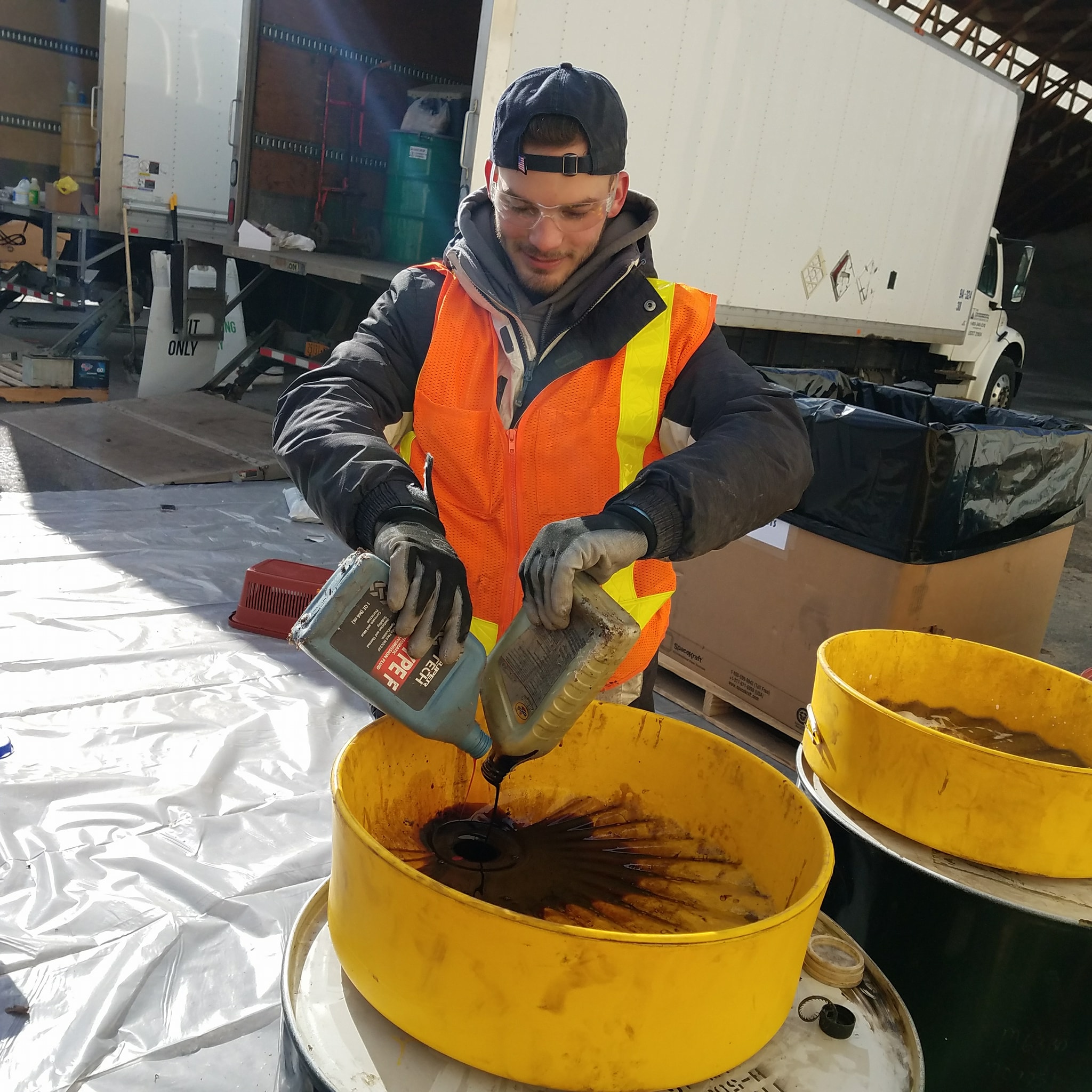
Hazman manages household hazardous waste (HHW) in Western New York. All HHW items received are reused, recycled, or processed for renewable energy sources.
Paints and Solvents
Refrigerators
Air conditioners
Propane Tanks
Medications / Needles
Sharps / Needles
GreenSheen
Business information
Reviews
4 out of 5 stars
624 ratings
PaintOpen until 4:30 PM
Closed until 6:00 AM
Free + Fees
Fees
Free
1470 Rotterdam Industrial Park
Building 14 Bay 7
Rotterdam, NY 12306(518) 357-3229Maybe location recycling policy here ... Praesentium iure error aliquam voluptas ut libero. Commodi placeat sit iure nulla officiis.
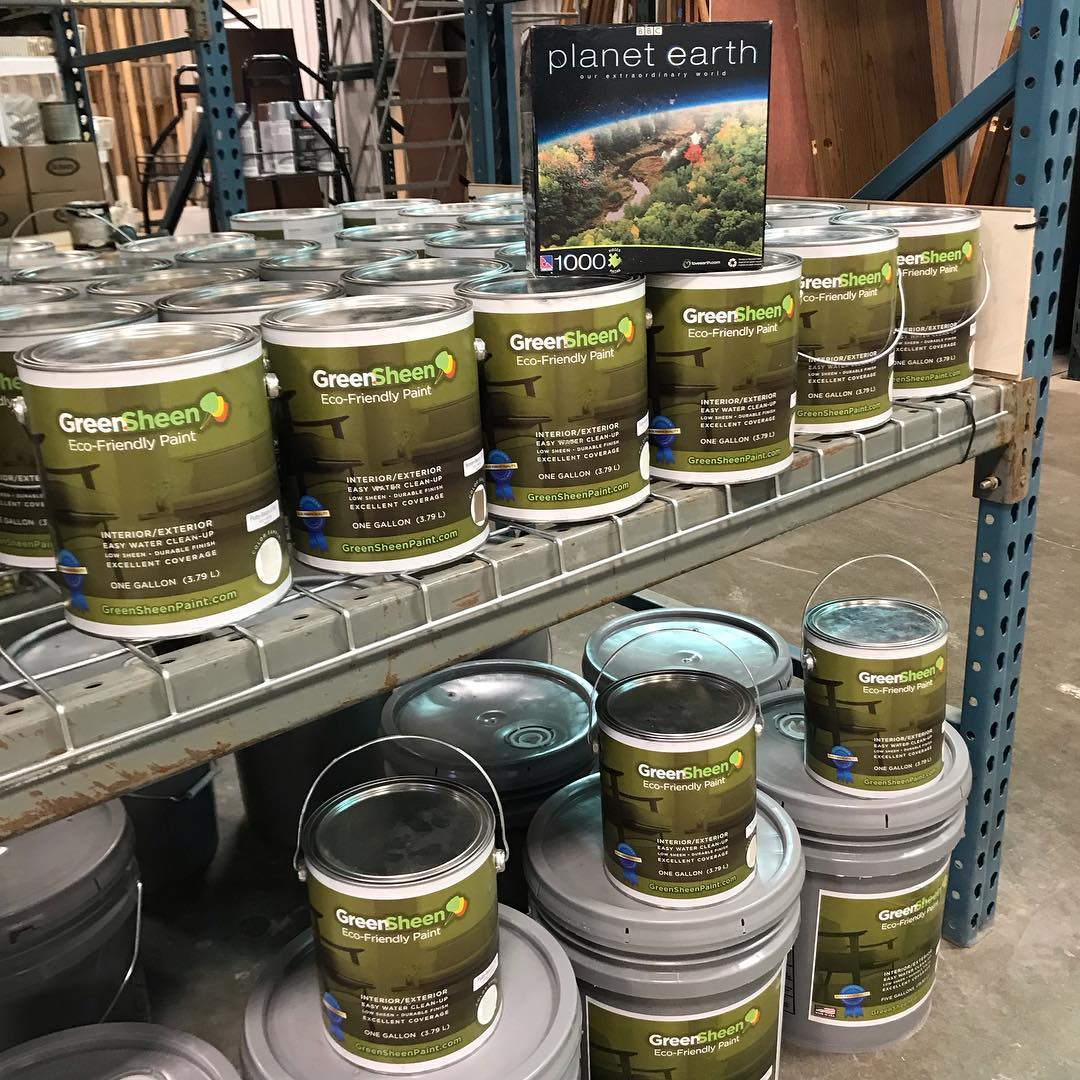
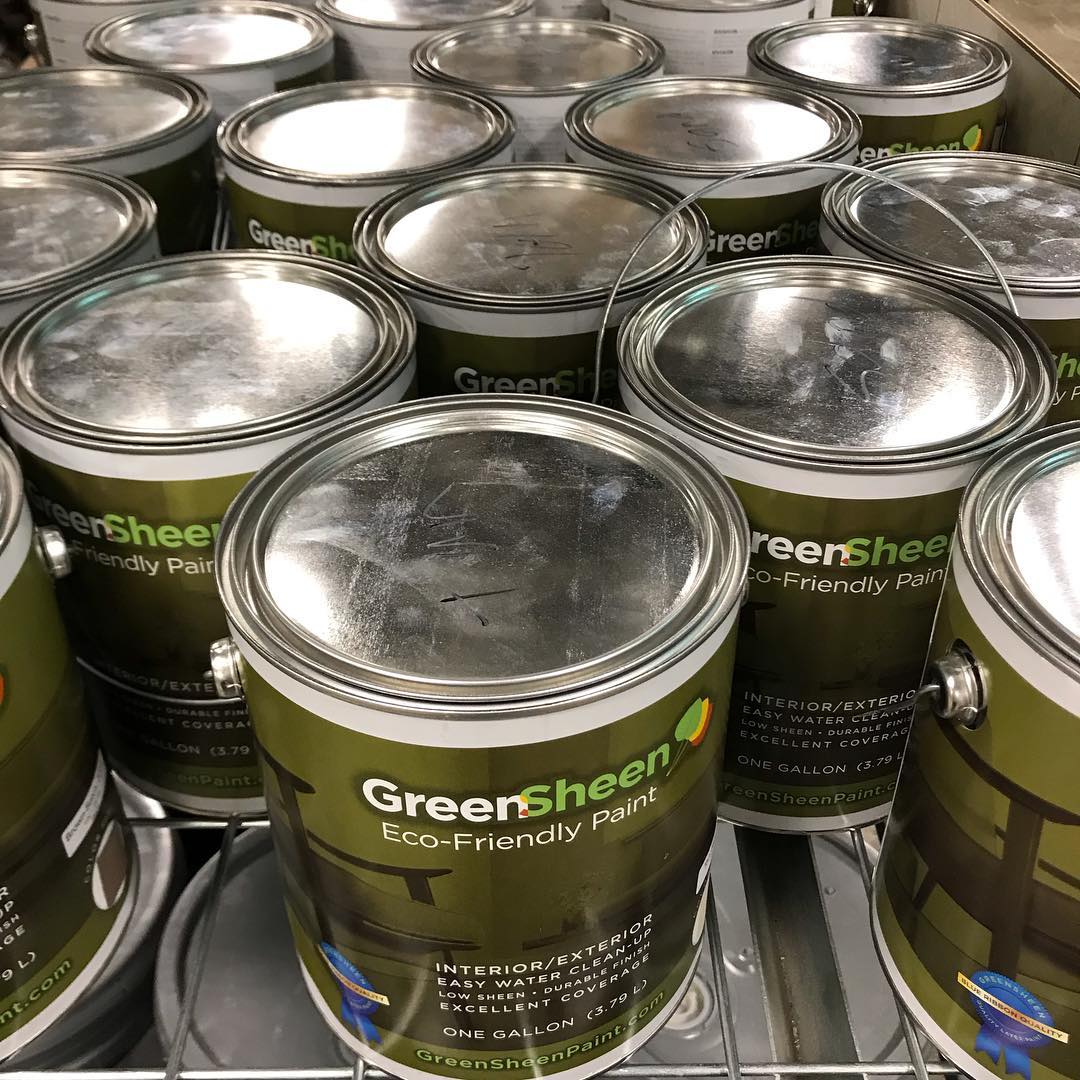
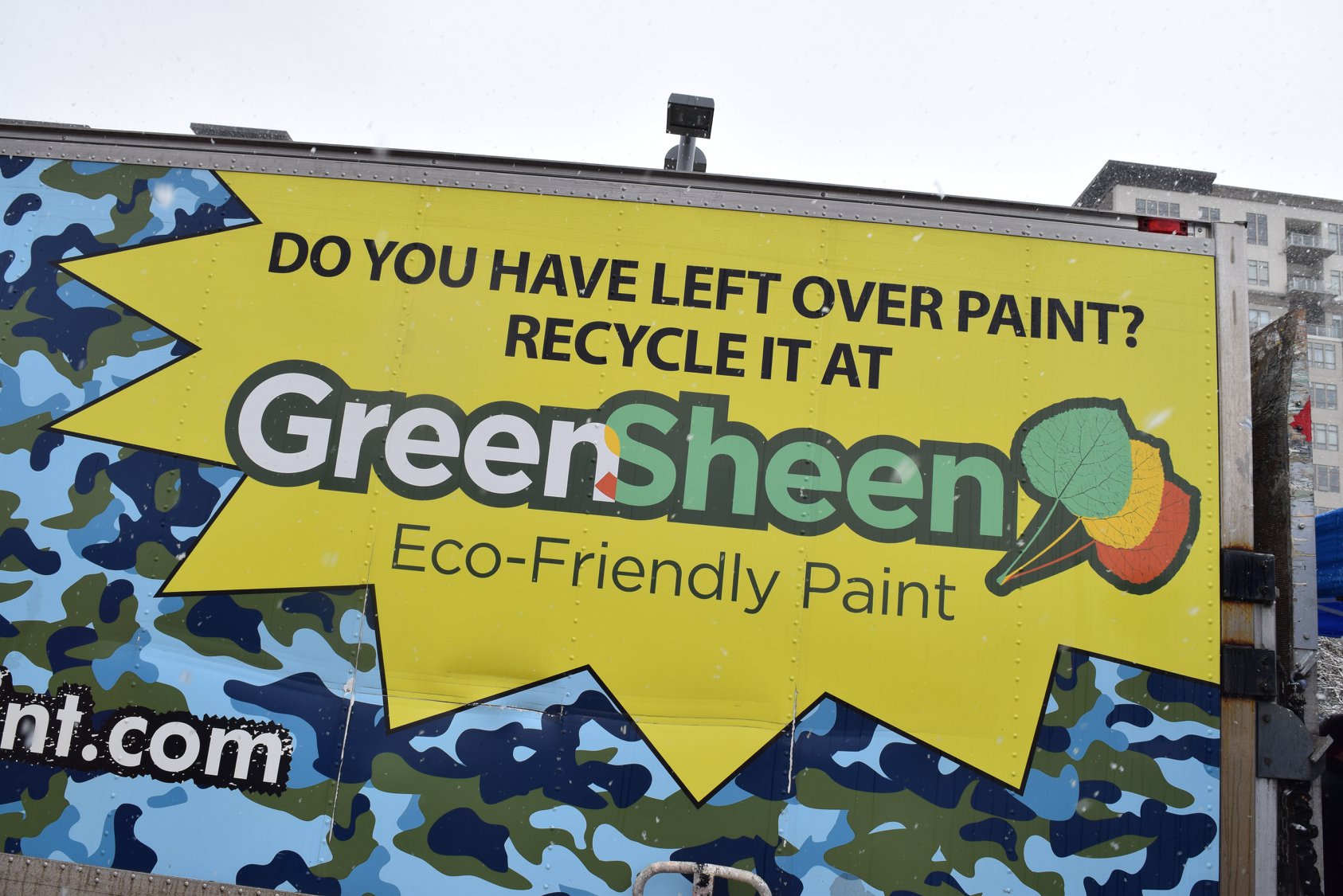
Stains
Sealers
Varnishes
Spray Paint
Paint Thinner
Adhesives
Solvents
Call for more
Free Paint Recycling Event
March 30th 2024
SUNY Erie - North Campus
6205 Main St, Williamsville, NY 14221